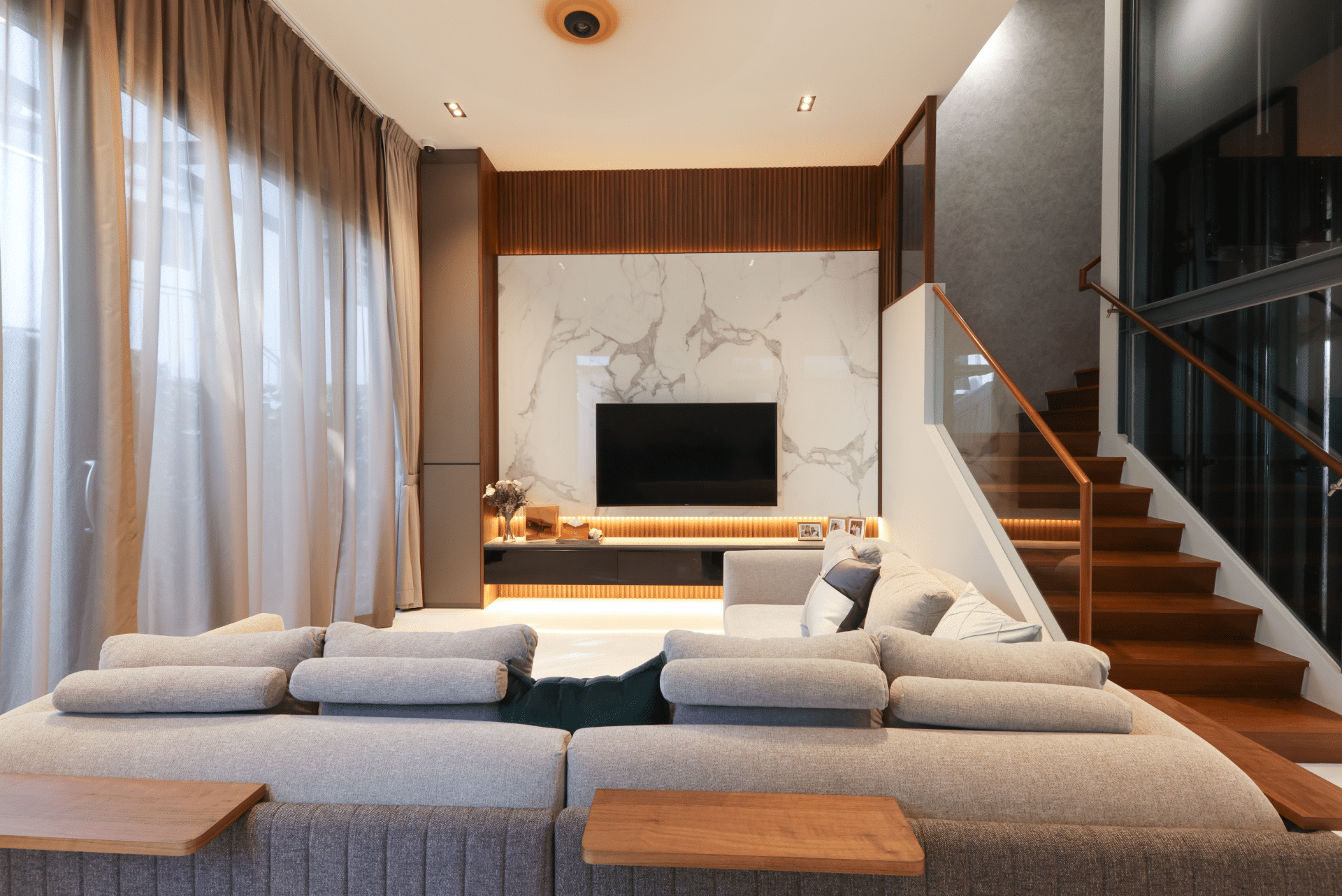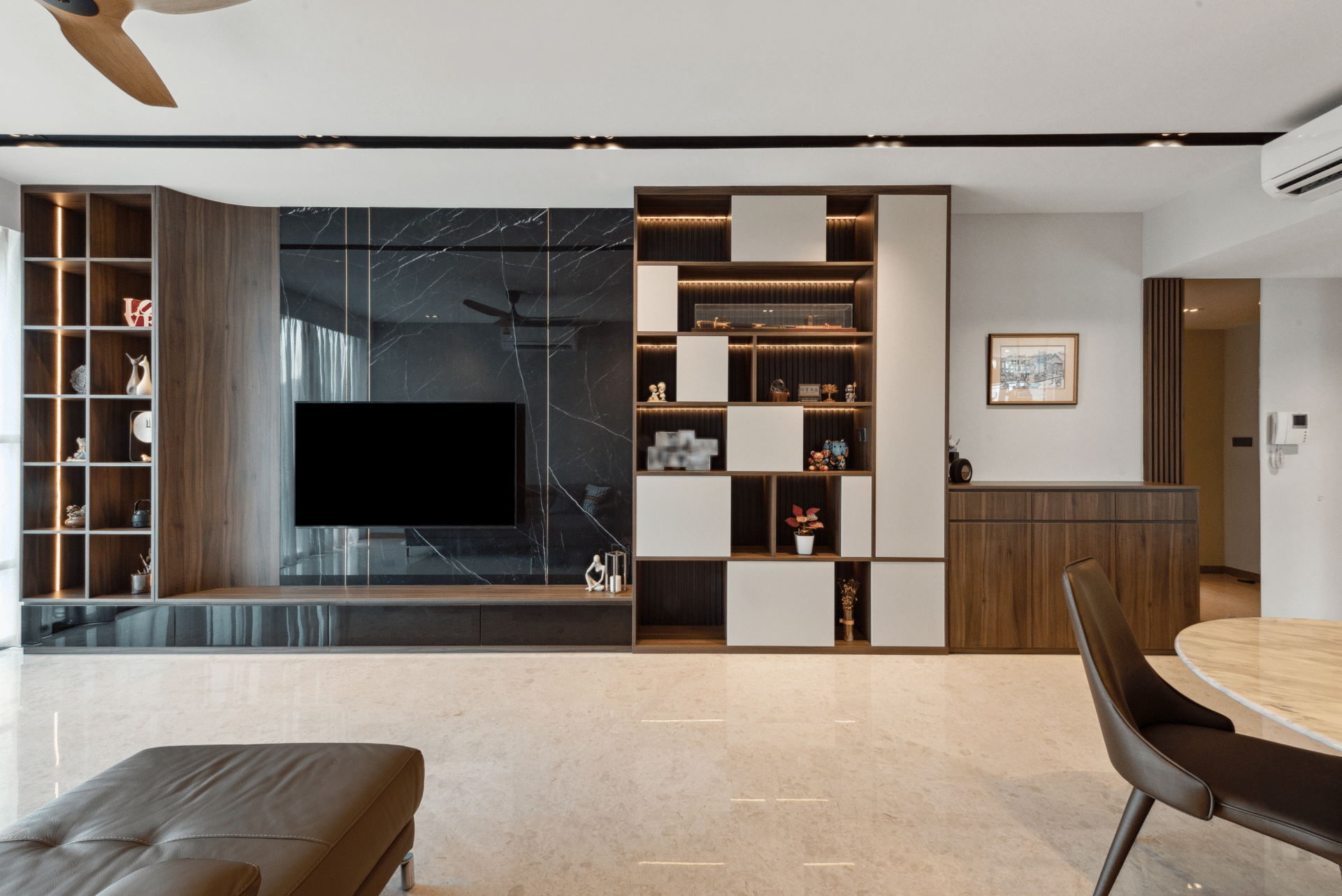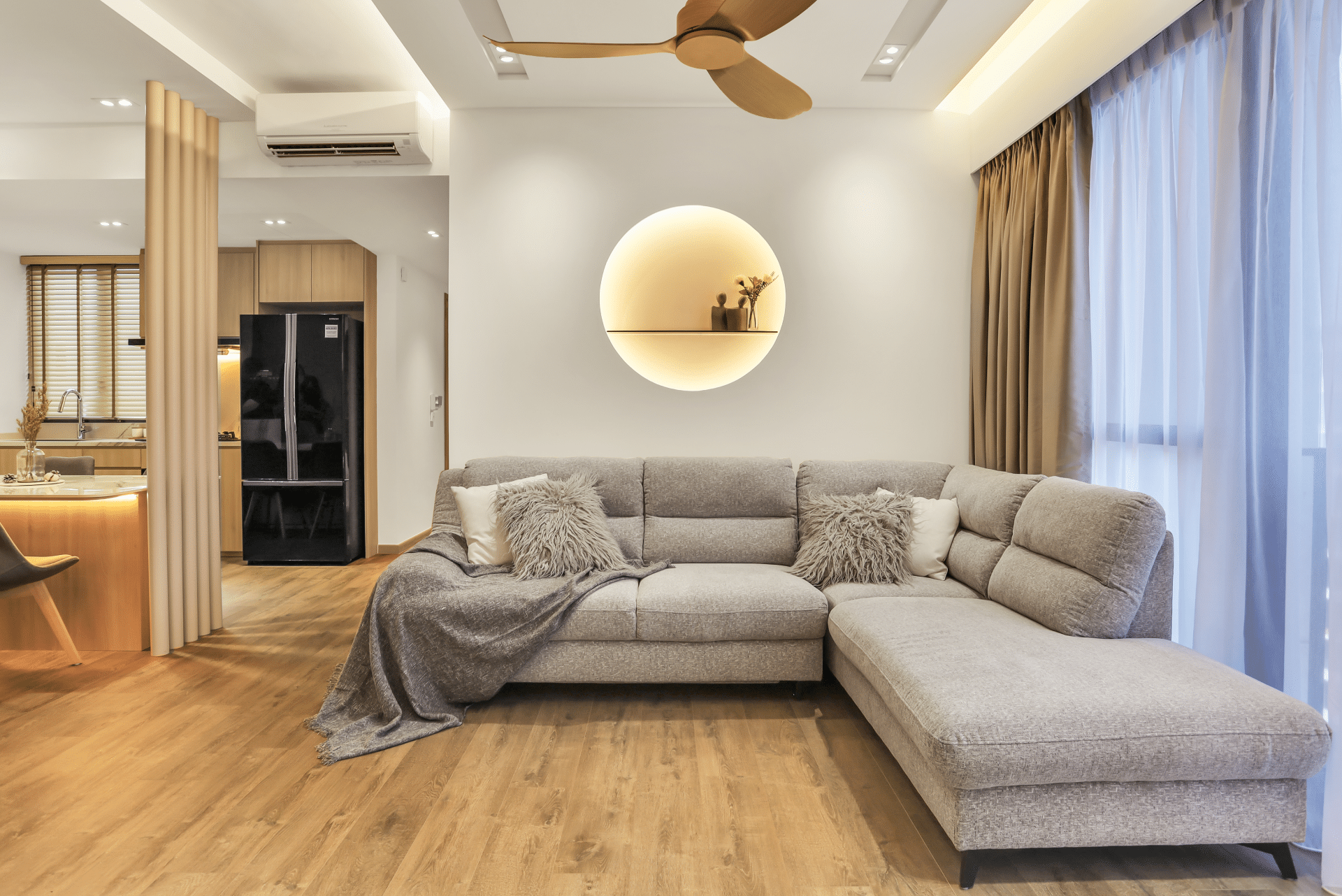Benefits Of Universal Design In Singapore
Future universally designed spaces and products will unlock potential for all ages and abilities in Singapore. Can groom a new generation of innovators skilled at exporting cutting-edge inclusive solutions globally. With smart incentives and advocacy, a nation can lead the way in elevating ability over disability through thoughtful design. We outline seven key principles of universal design that still guide it today. In this essential blog post, we will discuss the benefits of universal design in detail.
History Of Universal Design
Back in the 1980s, Ron Mace, an architect and professor at North Carolina State University, pioneered the concept of universal design. Mace envisioned product and environmental designs that would suit all people yet still meet legal accessibility standards for those with disabilities. His work marked the genesis point for the universal design movement that aims to make buildings more usable and inclusive.
Specific examples of accessible and universal public space features include barrier-free ramps enabling wheelchair access, tactile walkway surfaces for visually impaired pedestrians, elderly-friendly toilets, and private lactation rooms for nursing mothers. Such designs cater to diverse groups of people with varying physical abilities and needs.
What Is Universal Home Design?
The universal concept aims to craft living spaces that are functional for most people. Its key tentpoles stand as:
-
Equitable Utilization
Builds ought to prove useful and sellable to every person, irrespective of maturity or capability. Like, an entrance minus steps enables all to come and go unconstrained. A lack of access to stairways makes it possible for folks of any age and skill to enter and exit freely. Houses built this way sell better because they work for anyone.
-
Adaptability
The model provides for an array of preferences and talents, such as customizable countertops that fit both gangly and stubby occupants. Tweakable countertops to suit tall or short residents demonstrate this idea. Changing table heights lets people of different builds work comfortably.
-
Understandable And Intuitive
Applying the area should feel easy to grasp, with direct layouts and unambiguous signs when requisite. Contemplate uncomplicated doors and logical control interfaces. Clear, straightforward floor plans and labeled buttons keep things understandable. Simple door handles and organized control panels are intuitive to use.
-
Noticeable Info
The design broadcasts what dwellers need to know effectively, akin to precise tagging on switches and contrast lines on stair rises. Labels, signals, and markings communicate necessary data. Homeowners can easily see light switches or glance at defined stair edges.
-
Margin For Miscue
The elements reduce threats and adverse repercussions of unintentional deeds. Aspects akin to mellow lighting transitions and rounded corners prevent drops and damage. Gentle lights, curved walls, and similar features lessen harm from accidents. Stumbling in dim halls or knocking into pointy corners becomes less likely.
-
Decreased Corporal Exertion
Occupants can pleasantly employ the area without overstraining. Examples contain lever doors and drawer grips asking for the least grip strength. Easy-pull handles and push-style doors diminish physical labor. Residents won’t waste effort yanking, twisting, or shoving appendages.
-
Proportional Dimensions
An ample place exists to execute tasks, including unblocked floor space and reach fitting varied mobility gear. Maneuvering chairs or walkers around demands elbow room. Ample clearance near doors and ample widths suit diverse devices.
Benefits Of Universal Design In Singapore
Universal design also refers to the design of environments and products that aim to be usable by all people to the greatest extent possible. It is essential to know about the benefits of universal design for learning. Applying principles of universal design in Singapore can have many benefits for both individuals and society as a whole.
-
Improving Accessibility For All
Singapore aims to build an inclusive society where persons with disabilities can participate actively. Universal design principles help create public spaces and infrastructure usable for the widest range of people, regardless of age or ability. Its focus lies on equitable access, flexibility, simplicity, perceptibility, and efficiency. As Singapore’s population ages rapidly, the government pushes for universal design to meet diverse needs.
Applying these principles brings advantages for multiple groups beyond those with disabilities. For example, a curb cut for wheelchair users also helps parents with strollers and delivery workers with carts. Similarly, captioning on videos doesn’t just aid those who are deaf but also benefits people watching videos publicly without headphones.
-
Enhancing Convenience And Safety
Incorporating universal design enhances convenience and safety for all. Accessible features like ramps, grab bars, lever handles, and non-slip flooring facilitate usage. They enable easier movement for elderly folks or wounded individuals needing support. Such additions also minimize accidents and falls. For instance, contrast stripping on staircase edges gives better visibility, preventing missteps.
Features assisting vision, hearing, or cognition-challenged users also upgrade experiences for everyone. Tactile walking surface indicators, audible pedestrian signals, and braille elevator buttons aid navigation and hazard alerts. Clear fonts, high color contrasts, and easily interpretable icons improve legibility. Thoughtful elements boost safe utilization, save time and effort, and uplift moods and comfort.
-
Driving Innovation And Creativity
Constructing accessible infrastructure and services stretches creativity, driving innovation. Designers must deeply examine usage scenarios considering varied requirements. Doing so reveals previously unnoticed issues and chances for betterment. For example, conceiving a museum exhibition understandable by blind patrons or an online map usable without a mouse develops novel solutions. Rethinking existing interactions this way sparks imaginative concepts with wide-ranging utility.
Moreover, seemingly restrictive access stipulations often birth ingenious, efficient, and multifunctional advancements. Devising walker and wheelchair-friendly public transit systems leads to things like low-floor buses benefiting many groups. Allowing service animals inside taxis birthed safety improvements aiding all passengers. Accessibility obstacles breed resourceful systems, elevating general excellence.
-
Boosting Tourism And Business
Constructing a universally welcoming environment attracts more tourists, notably elderly and disabled travelers. Singapore draws global visitors with its gardens, cuisine, and attractions. Broadening access through thoughtful design chooses this diverse audience. The country thereby gains income and soft diplomacy advantages.
Additionally, an accessibility emphasis assists companies in hiring capable candidates with disabilities. Adjustable workstations, screen readers, and captioned meetings aid them in excelling professionally. Firms also reach expanded customer segments by ensuring digital assets and physical premises follow inclusive principles. Websites with alt text or stores with ramps mean more potential sales. Hence, universal design powers business and tourism growth.
-
Strengthening Community Participation
Equal access principles reinforce community fabric by enabling citizens to contribute in sundry ways. Elderly folks can shop or volunteer readily when buildings have automatic doors, accessible Washrooms, and seating arrangements. Clear visual signage and wayfinding allow independent mobility for dementia patients. Safe pedestrian paths encourage walking for recreation, errands, or commuting.
Likewise, easy site navigation helps differently-abled students access course content, assisting their education and future employability. Captioned and signed performances let deaf culture thrive, giving exposure to sign languages. Overall, universal design seeds participation and integration, fertilizing societal health.
-
Enhanced Safety And Usability
Incorporating universal design improves safety and usability for all. Thoughtful design choices like non-slip flooring, positioning call buttons at reachable heights, providing clear signage with high visual contrast, and ensuring easy-to-understand instructions safeguard people’s well-being.
Intuitive design allows everyone to use spaces and products effectively without overtaxing any one group. By considering diverse needs and abilities throughout the design process, Singapore can produce solutions that are usable by the widest range of people in the most straightforward manner.
-
Reduced Costs And Environmental Impact
Universally designed infrastructure and facilities conveniently serve more people over a longer lifespan as well. Furthermore, incorporating universal design concepts like durability and adaptability at the start of building projects minimizes waste and environmental impact over time. Durable, flexible designs avoid disposal and replacement costs while conserving resources.
-
Greater Social Inclusion
This is one of the vital advantages of universal design. With universal design, individuals with disability and others with special requirements have opportunities to participate together with their peers within the community fully. People who share shopping, working, education, and other practices in open facilities should easily meet and talk. In turn, inclusive environments foster their natural relations and make them feel that they belong to something. Universal design assists in creating a society that accommodates everyone.
-
Competitive Advantage
With universal design, Singapore will earn the tag of an accessible and modern-minded state, thereby becoming a benchmark for accessibility across the globe. This is used to attract tourism and investment. Universal design can help businesses to attract a larger number of customers. On the other hand, they are considered socially responsible organizations. If an organization or the country in general takes the leading trend by prioritizing inclusiveness, then it takes the lead.
Barriers To Implementing Universal Design
Universal design has a lot to offer. Therefore, making sure people overcome the barrier to the adoption of inclusionary design will make it possible for Singapore to experience inclusive design in action.
-
Perception Of Higher Upfront Costs
In fact, universal design may reduce lifetime costs to provide long-term savings. To this day, people still have the notion that inclusive designs are costlier in terms of initial investment as compared to conventional design. Universal adoption in Singapore can only be achieved through policies like incentives and building code adjustments to overcome this barrier.
-
Low Public Awareness And Social Acceptance
However, lastly, limited public consciousness about disabilities matters, and socially limited acceptance confined the use of universal design. Stigmatization remains for a persistent period, making disability issues receive low priority in the public agenda. This creates apathy because of a lack of social comprehension towards disabled and age-based experiences.
By expanding on public education and awareness programs showcasing the social and personal advantages of universal design, Singapore can establish a supportive culture that promotes all-inclusive places and commodities for everybody.
Recommendations For Advancing Universal Design
Realizing universal design’s promise of improving Singaporeans’ quality of life relies on pragmatic recommendations spurring its advancement.
-
Educational And Social Marketing Campaigns
Launching educational and social marketing drives represents a vital step toward catalyzing universal design adoption. Public awareness initiatives can spotlight universal design benefits while tackling knowledge gaps and social stigma barriers.
Social media activism, community events, and university design competitions all provide avenues for engaging residents. Sponsoring volunteer accessibility audits pairing youth and disabled citizens lets populations interact while producing valuable design insight. Such campaigns ignite public interest, which is essential to propelling universal design forward.
-
Research And Innovation Programs
Investing in dedicated research and innovation programs offers another pathway for maturing universal design implementation nationwide by channeling funding toward domestic university initiatives investigating the inclusive design and developing novel assistive solutions tailored for Southeast Asian contexts. Constructing testbed spaces like mock apartment complexes also facilitates prototyping cutting-edge inclusive concepts locally.
It also allows grooming innovators skilled in creating globally exportable products and services. Ron Mace pioneered universal design to promote equity, flexibility, simplicity, and safety in public spaces and products used by all people, regardless of age or ability. Following his principles in the design process creates broadly accessible, functional, and safe buildings and devices – without added cost if planned from the start. Mace gave inspiration and direction for the continuing universal design movement.
-
Hire A Company
Singapore has a chance to lead the way in inclusive, human-centered design. Thoughtful policies and public awareness are needed to overcome barriers slowing adoption. Implementing universal design principles promises benefits for all residents. As the population ages and more live with disabilities, Singapore must update its infrastructure to enable dignified, independent living. However, developers and governments still view inclusive design as too costly upfront.
And social stigma persists around disability issues. It is also important to keep in mind the social benefits of universal design. Smart moves on the policy and education front are required to accelerate change. Investing in research programs also grows Singapore’s expertise in assistive technology tailored for Southeast Asia. Can groom a new generation of innovators skilled at exporting cutting-edge inclusive solutions globally. Hire IDID for the universal design of your home.
Final Thought
Singapore has already implemented some universal design features in public spaces, like barrier-free ramps, tactile pavements, and family-friendly restrooms. But the question is – how can we promote more universal design in Singaporean homes? By taking a proactive and thoughtful approach to inclusive design, Singapore can become a leader in building a society where everyone thrives. Hire a company like IDID is the best option. We hope this blog post about the benefits of universal design for learning will be helpful.



